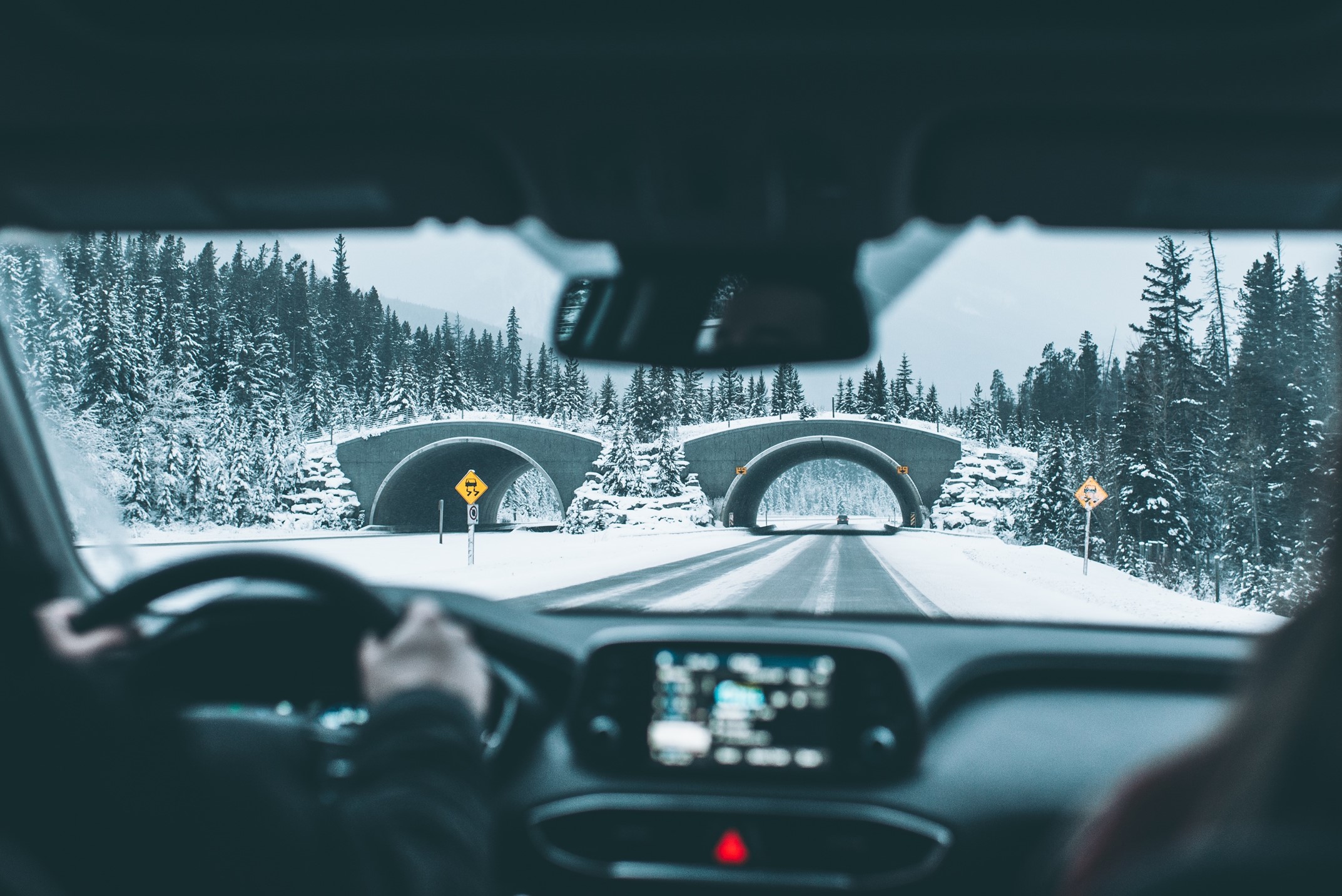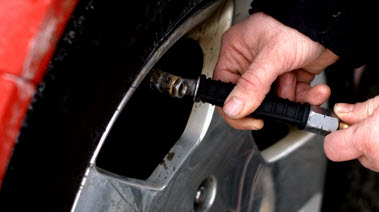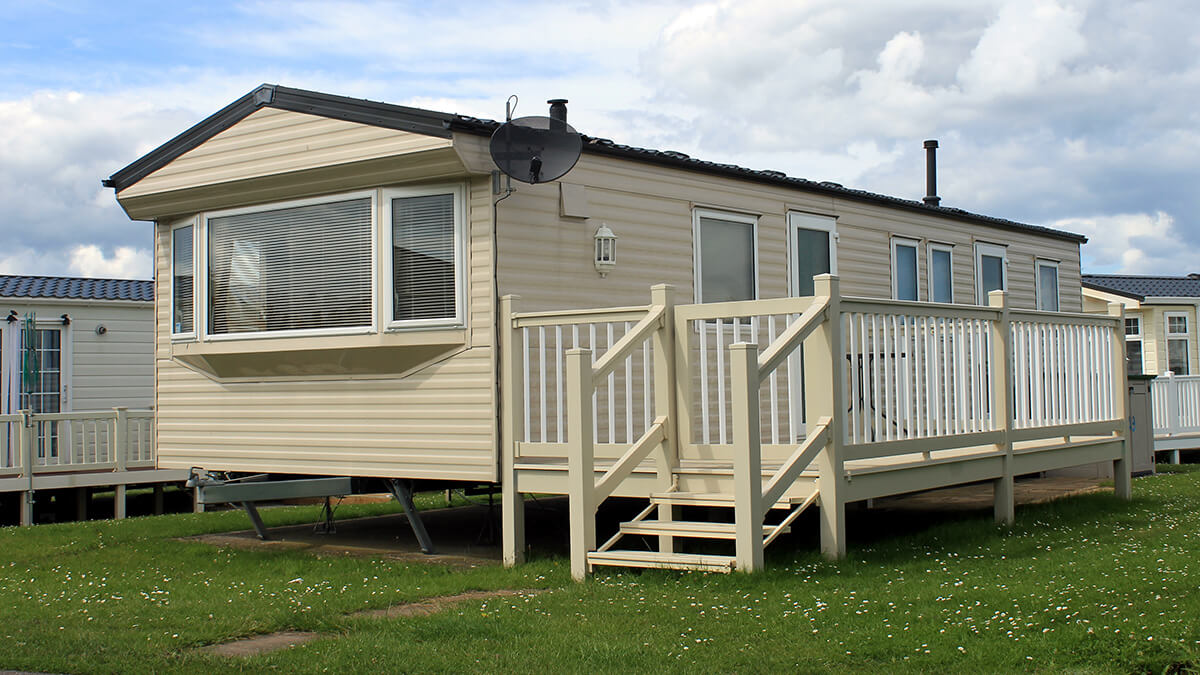Winter Driving Tips

Winter driving can be challenging. Whether you're driving in snow for the first time or looking to understand how to drive in snow with front-wheel drive, these tips for driving in winter weather can help you.
Driving in snow for the first time.
According to Car and Driver, when driving on icy or snow covered roads, drivers should avoid making jerky movements with your vehicle. This means avoiding sudden, hard brakes. When turning the wheel, drivers should try to make the turn as smoothly as possible. Additionally, avoid accelerating too quickly. Press the accelerator lightly, and gradually build up to a slow, controllable speed.
Driving in snow at night.
Snow can reduce visibility on the roads, and it can be even more challenging at night. According to Pellman's Automotive, there are some winter driving safety tips drivers can follow to make it a bit easier.
First, drivers should make sure their headlights are aimed properly. If they are too high or too low, it may decrease the ability to see what's in front. It's a good idea to always clean off your windshield before starting to drive. Snow and ice scraper can be purchased at many local auto parts stores.
Next, consider buying windshield washer fluid that won't freeze in winter elements. That way, if snow accumulates on the windshield while driving, it can be washed away. If the washer fluid is not made for winter weather, it could freeze, meaning the wiper blades would have to do all the work. Of course, it wouldn't hurt to make sure the blades are of high quality and aren't worn out.
How to drive in snow with front-wheel drive.
Understanding your vehicle plays a big role in winter driving safety. Tips for driving a front-wheel drive vehicle in snow, for example, may not apply to a rear-wheel drive vehicle, and vice versa.
According to Car and Driver, for front-wheel drive vehicles, the key to recovering from a skid if the front wheels lose traction is to ease off the gas. This will cause the front wheels to slow down, which increases their chances of regaining traction. Then, turn the wheel in the direction you want the vehicle to go.
How to drive in snow with rear-wheel drive.
Driving a rear-wheel drive vehicle in snow is much different than front-wheel drive because the back wheels push the car forward.
Car and Driver reports that the key to recovering from a rear wheel skid is to turn the steering wheel the same direction the rear of the vehicle is swinging. So, if the rear of the vehicle is swinging to the left, the steering wheel should be turned to the left. Car and Driver notes that drivers should ease off the accelerator and not push the brakes. This can help the vehicle turn back toward the road. Once the driver starts to recover, they can turn their wheel back to the way they want to go, and lightly apply the gas.
Driving on icy roads.
Many of these tips apply to driving on both snow and ice, but it's important to note that ice can be present without snow. This can be in the form of “black ice,” which is clear ice that seems to blend in with the black color of the road. Black ice can look like a puddle, or in some cases, a slight glaze on the road.
The USDA says it is important to remain calm if you encounter black ice and start to spin out. The USDA instructs: Do not press your brake pedal. Keep your steering wheel straight if you can. Do not accelerate while your vehicle is spinning out. Turn your vehicle in the direction your vehicle is spinning, as turning it the opposite way can make things worse. When you start to gain traction, turn your wheel in the direction you want to go, and slowly accelerate.
Winter driving tips for truck drivers.
If you drive a large truck in snow or ice (i.e., an 18-wheeler or other large commercial truck), these tips can help.
For starters, it is always recommended that truck drivers drive at a slow, controlled speed. It is also recommended that drivers leave as much room as possible between their truck and the vehicle ahead of them since it could take longer than usual to slow the truck down. Lastly, when truckers brake, they should brake slowly.
Remember that practicing these winter weather driving tips doesn't mean that an accident won't happen. That's why it's important to have insurance. If you're looking for A Better Insurance Experience®, you can get a quote with Foremost® today!





